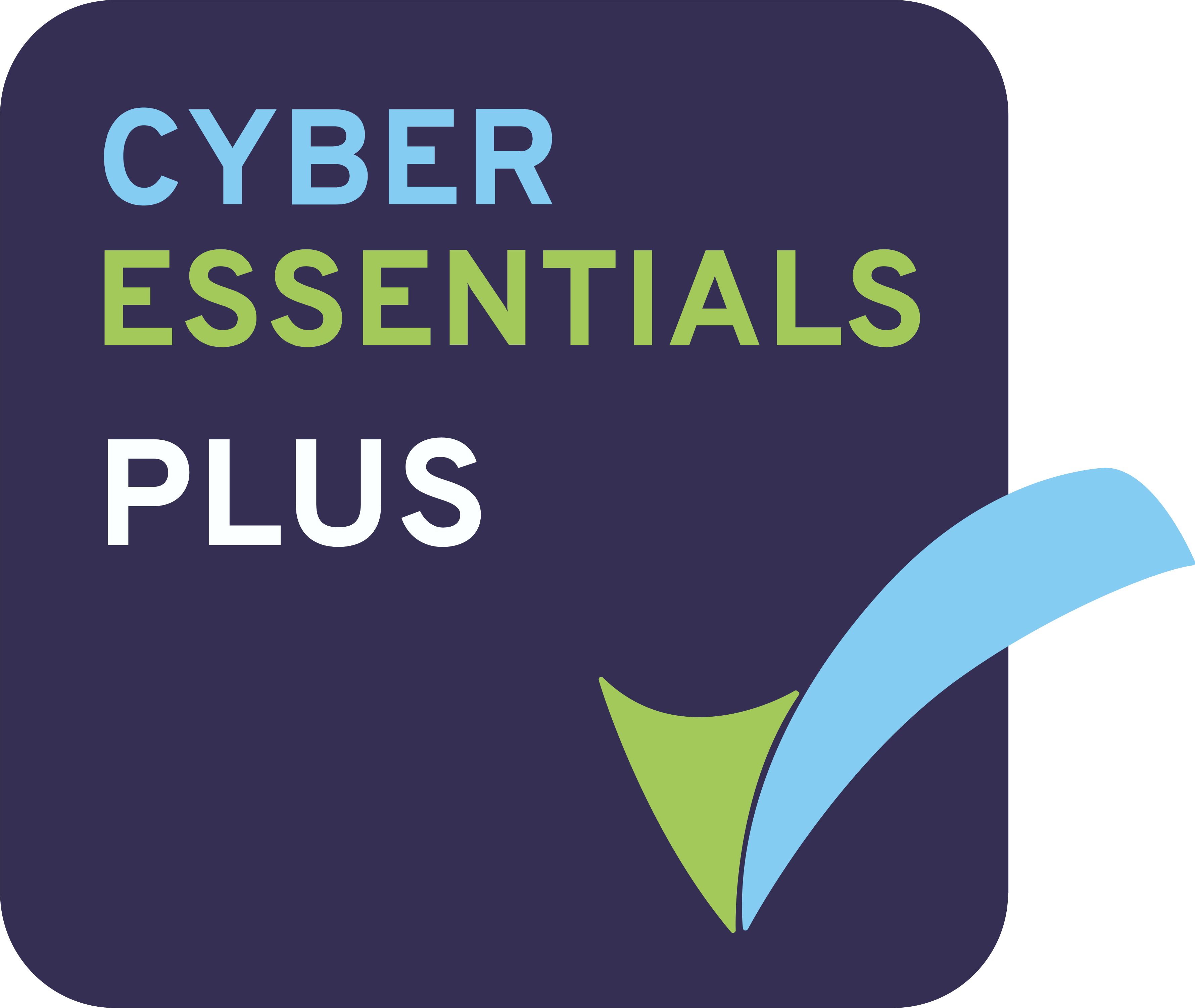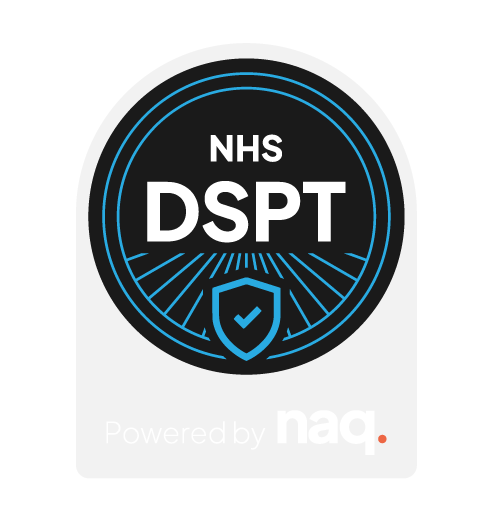DESCRIPTION
OVcare’s Young Person’s Portal is designed to foster engagement and independence among youth in care. Featuring personalized incentive charts, emotional check-ins, and a shared photo album, the portal empowers young people to track goals, communicate with staff, and build lasting memories. Learn how this interactive platform helps childcare providers create a supportive and connected environment for youth.
When
October 2024
Who
Paula Martinez

The digital age has brought new opportunities for youth in care to engage more actively in their day-to-day lives. OVcare’s Young Person’s Portal is designed with this in mind, helping young people set goals, track progress, express emotions, and communicate with staff, all while building a stronger sense of community. Here's how the key features of this portal can benefit both the youth and the care providers.
1. Incentive Charts to Encourage Positive Behavior
The incentive charts in OVcare’s Young Person’s Portal are a powerful tool for encouraging positive behavior and promoting personal growth. Youth can set specific goals, such as completing chores, improving school attendance, or following house rules, and track their progress through the portal. These goals can be tailored to meet the needs and development stages of each individual, making the system flexible and relevant to different care settings.
As young people hit milestones, they can earn rewards, whether that’s extra privileges or recognition within the group. This structure not only provides motivation but also teaches accountability, self-discipline, and the value of hard work. By gamifying progress and making achievement visible, the incentive charts help young people develop a sense of pride and responsibility for their actions.
2. Emotional Check-Ins for Mental Well-Being
Emotional well-being is essential for young people in care, and the portal’s emotional check-in feature makes it easy for them to regularly express how they are feeling. This feature allows youth to leave comments about their emotional state, either privately or shared with caregivers, creating an ongoing dialogue about their mental health. It encourages youth to reflect on their emotions and recognize patterns over time.
By regularly checking in on their emotional state, young people can feel more in control of their feelings. For staff, these check-ins provide critical insights into the emotional well-being of the youth, allowing them to identify any early signs of distress, anxiety, or unhappiness. Caregivers can then respond promptly with appropriate support, helping to prevent issues from escalating and promoting emotional resilience among the youth.
3. Direct Communication with Staff
Maintaining open and accessible communication channels between young people and staff is crucial for creating a supportive care environment. OVcare’s portal allows for direct communication, enabling youth to send messages, ask questions, or request help whenever needed. This feature breaks down traditional communication barriers, allowing for immediate interaction and fostering a sense of accessibility between youth and caregivers.
By providing an easy way to reach staff, the portal helps build trust and ensures that youth feel heard and valued. Whether it’s a simple question or a more serious concern, this real-time communication improves the responsiveness of staff, ensuring that youth are supported in a timely manner. Moreover, it encourages youth to take an active role in communicating their needs, which builds self-confidence and promotes personal autonomy.
4. Shared Photo Album for Building Connections
Memories are an important part of building a sense of belonging, and OVcare’s shared photo album allows young people and staff to upload and share photos of group activities, outings, or personal milestones. This feature creates a digital scrapbook where young people can see their positive experiences reflected, helping to foster a deeper connection with their caregivers and peers.
The shared photo album not only strengthens the relationships within the care environment but also creates a lasting record of important events. Youth can look back on these photos and remember the fun, positive experiences they’ve had, which can be particularly meaningful for young people who may struggle with feelings of instability. This feature also provides an opportunity to share memories with family members during visits, further reinforcing a sense of connection and continuity.
5. Promoting Engagement and Independence.
The overall design of the portal encourages youth to be more engaged in their care journey, fostering both involvement and independence. By having access to tools like incentive charts, emotional check-ins, and communication features, young people are able to take control of various aspects of their care experience. They can set personal goals, express their feelings, and stay connected with staff, all of which contribute to their development of self-reliance and independence.
At the same time, this level of engagement empowers youth to participate in decision-making about their own care. They gain valuable skills in self-management, emotional regulation, and communication that will serve them well beyond their time in care. This empowerment leads to greater overall satisfaction and better long-term outcomes, as young people feel more in control of their own lives.
Conclusion
The OVcare Young Person’s Portal is a dynamic tool designed to meet the needs of both young people and care providers. By offering features such as incentive charts, emotional check-ins, direct communication, and shared photo albums, the portal not only fosters a supportive care environment but also promotes personal development and independence. This all-in-one solution helps young people feel more engaged, empowered, and connected, creating positive outcomes for their time in care.
1. Incentive Charts to Encourage Positive Behavior
The incentive charts in OVcare’s Young Person’s Portal are a powerful tool for encouraging positive behavior and promoting personal growth. Youth can set specific goals, such as completing chores, improving school attendance, or following house rules, and track their progress through the portal. These goals can be tailored to meet the needs and development stages of each individual, making the system flexible and relevant to different care settings.
As young people hit milestones, they can earn rewards, whether that’s extra privileges or recognition within the group. This structure not only provides motivation but also teaches accountability, self-discipline, and the value of hard work. By gamifying progress and making achievement visible, the incentive charts help young people develop a sense of pride and responsibility for their actions.
2. Emotional Check-Ins for Mental Well-Being
Emotional well-being is essential for young people in care, and the portal’s emotional check-in feature makes it easy for them to regularly express how they are feeling. This feature allows youth to leave comments about their emotional state, either privately or shared with caregivers, creating an ongoing dialogue about their mental health. It encourages youth to reflect on their emotions and recognize patterns over time.
By regularly checking in on their emotional state, young people can feel more in control of their feelings. For staff, these check-ins provide critical insights into the emotional well-being of the youth, allowing them to identify any early signs of distress, anxiety, or unhappiness. Caregivers can then respond promptly with appropriate support, helping to prevent issues from escalating and promoting emotional resilience among the youth.
3. Direct Communication with Staff
Maintaining open and accessible communication channels between young people and staff is crucial for creating a supportive care environment. OVcare’s portal allows for direct communication, enabling youth to send messages, ask questions, or request help whenever needed. This feature breaks down traditional communication barriers, allowing for immediate interaction and fostering a sense of accessibility between youth and caregivers.
By providing an easy way to reach staff, the portal helps build trust and ensures that youth feel heard and valued. Whether it’s a simple question or a more serious concern, this real-time communication improves the responsiveness of staff, ensuring that youth are supported in a timely manner. Moreover, it encourages youth to take an active role in communicating their needs, which builds self-confidence and promotes personal autonomy.
4. Shared Photo Album for Building Connections
Memories are an important part of building a sense of belonging, and OVcare’s shared photo album allows young people and staff to upload and share photos of group activities, outings, or personal milestones. This feature creates a digital scrapbook where young people can see their positive experiences reflected, helping to foster a deeper connection with their caregivers and peers.
The shared photo album not only strengthens the relationships within the care environment but also creates a lasting record of important events. Youth can look back on these photos and remember the fun, positive experiences they’ve had, which can be particularly meaningful for young people who may struggle with feelings of instability. This feature also provides an opportunity to share memories with family members during visits, further reinforcing a sense of connection and continuity.
5. Promoting Engagement and Independence.
The overall design of the portal encourages youth to be more engaged in their care journey, fostering both involvement and independence. By having access to tools like incentive charts, emotional check-ins, and communication features, young people are able to take control of various aspects of their care experience. They can set personal goals, express their feelings, and stay connected with staff, all of which contribute to their development of self-reliance and independence.
At the same time, this level of engagement empowers youth to participate in decision-making about their own care. They gain valuable skills in self-management, emotional regulation, and communication that will serve them well beyond their time in care. This empowerment leads to greater overall satisfaction and better long-term outcomes, as young people feel more in control of their own lives.
Conclusion
The OVcare Young Person’s Portal is a dynamic tool designed to meet the needs of both young people and care providers. By offering features such as incentive charts, emotional check-ins, direct communication, and shared photo albums, the portal not only fosters a supportive care environment but also promotes personal development and independence. This all-in-one solution helps young people feel more engaged, empowered, and connected, creating positive outcomes for their time in care.



